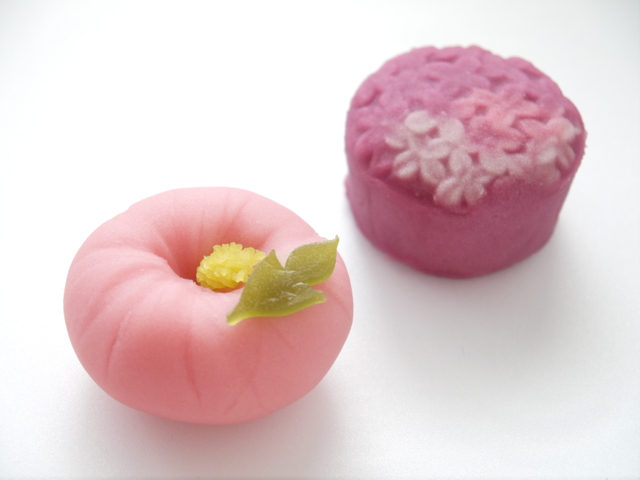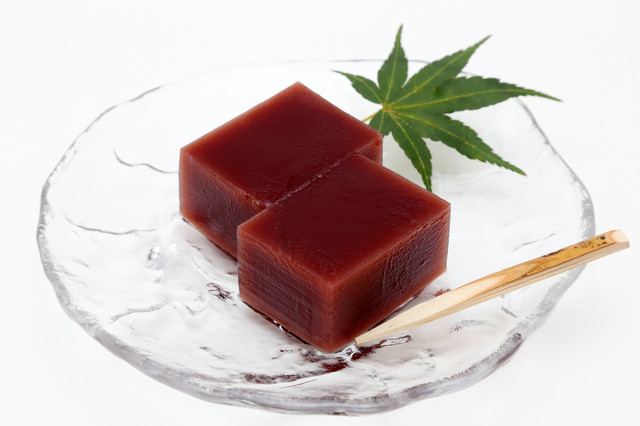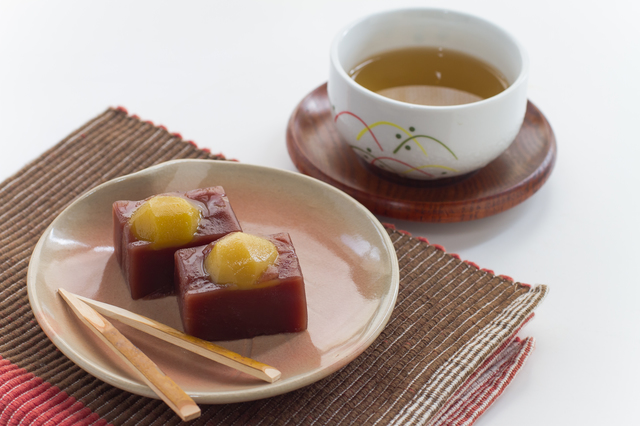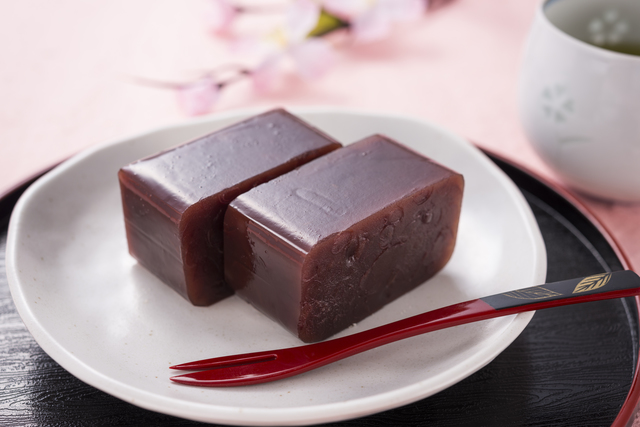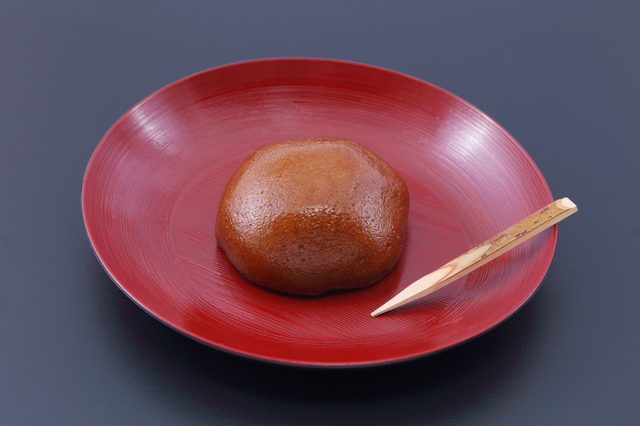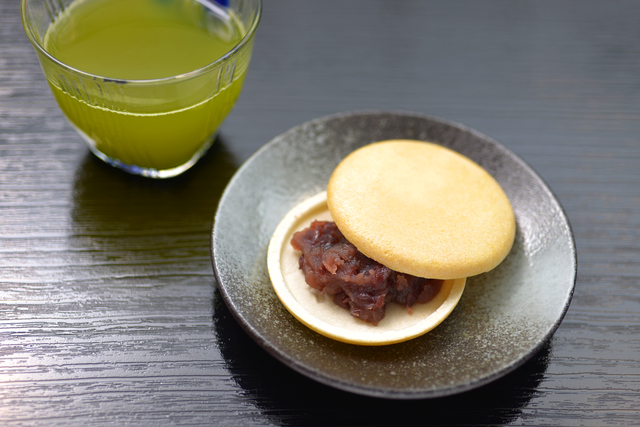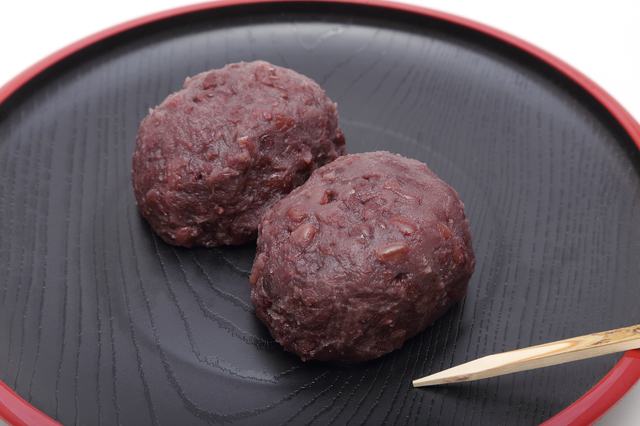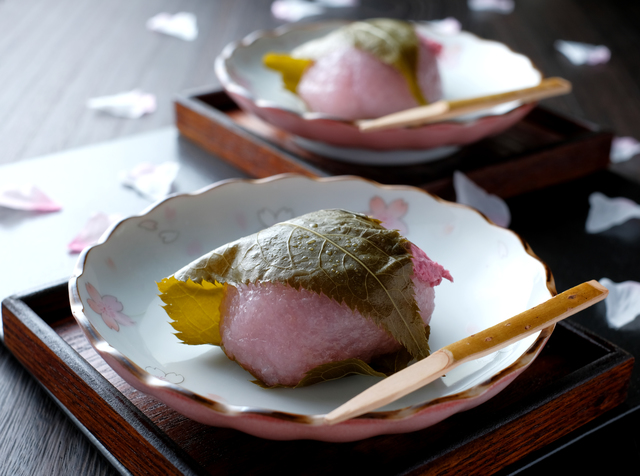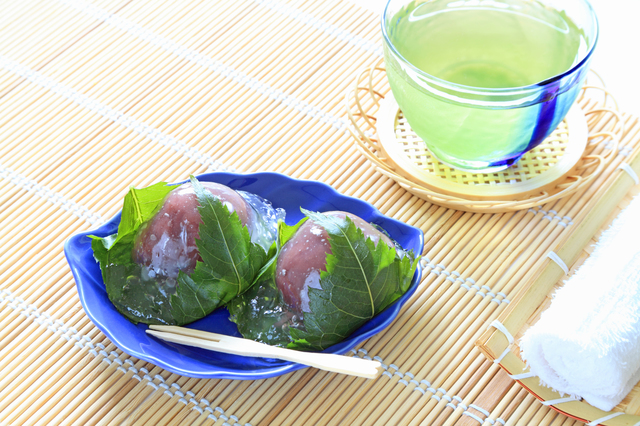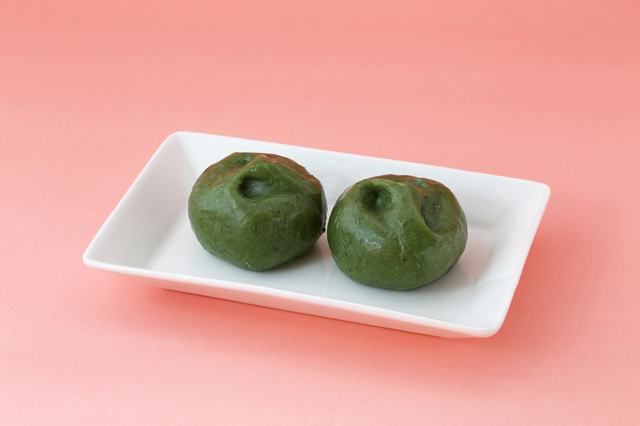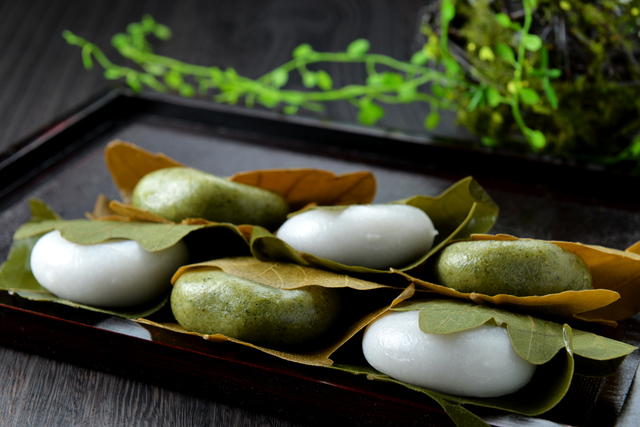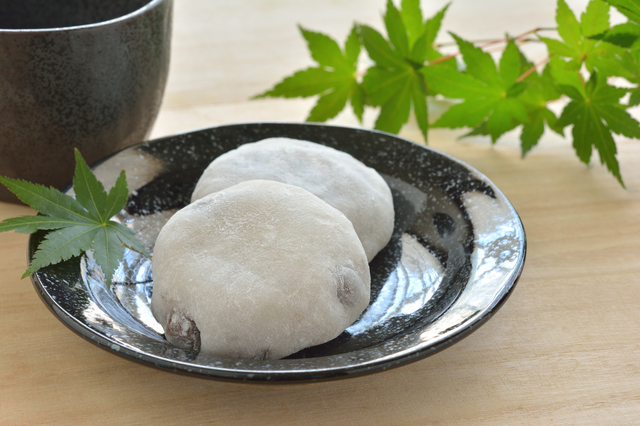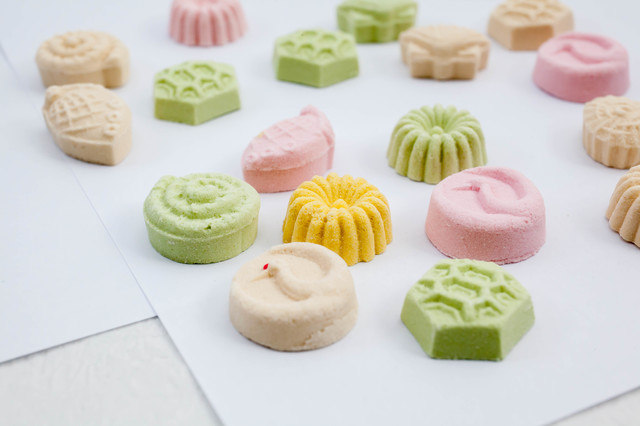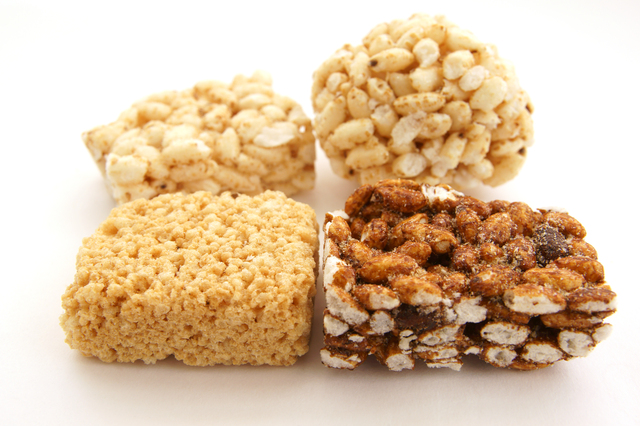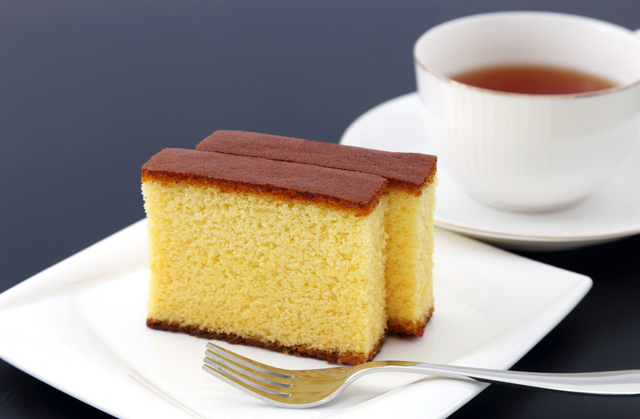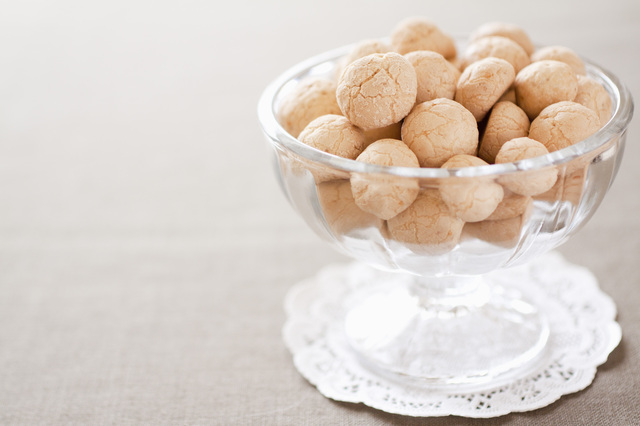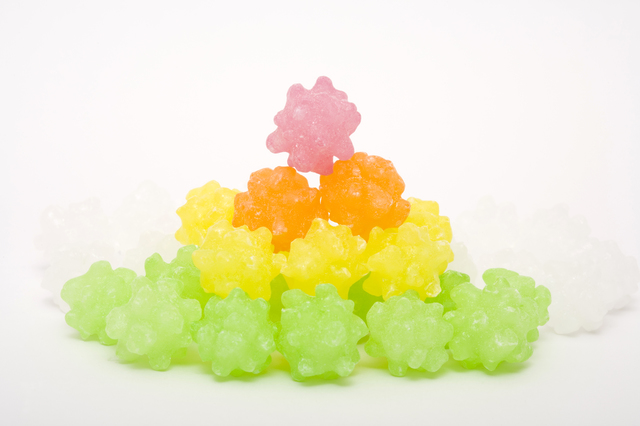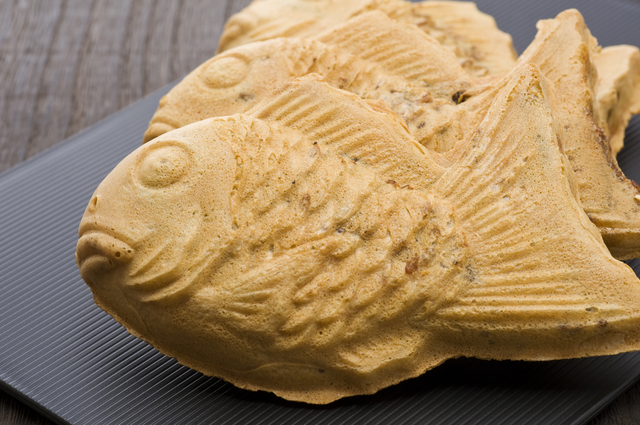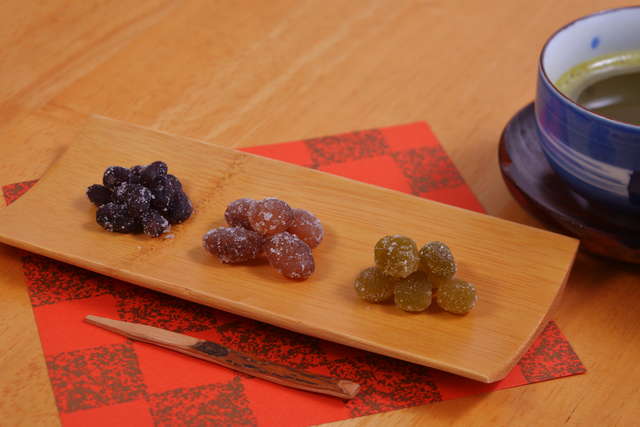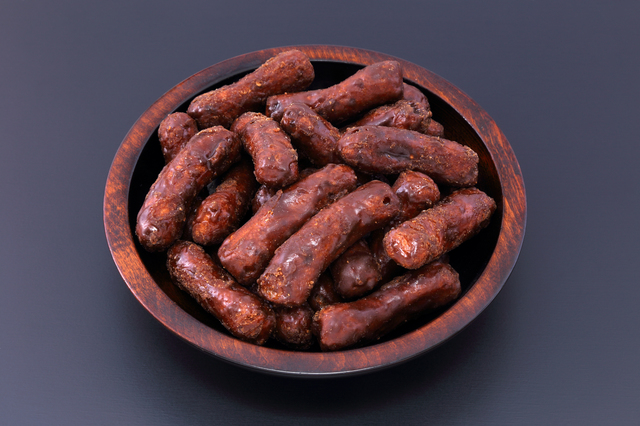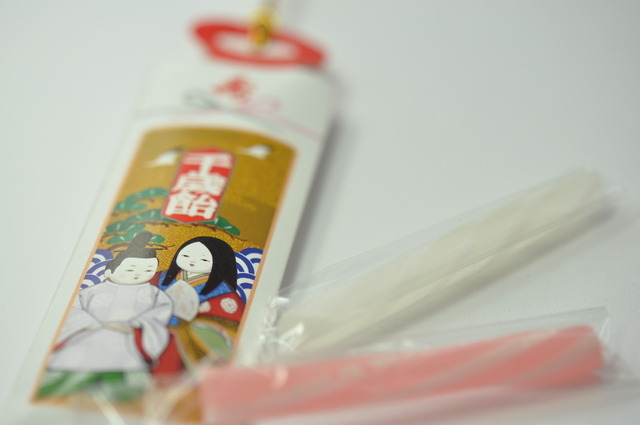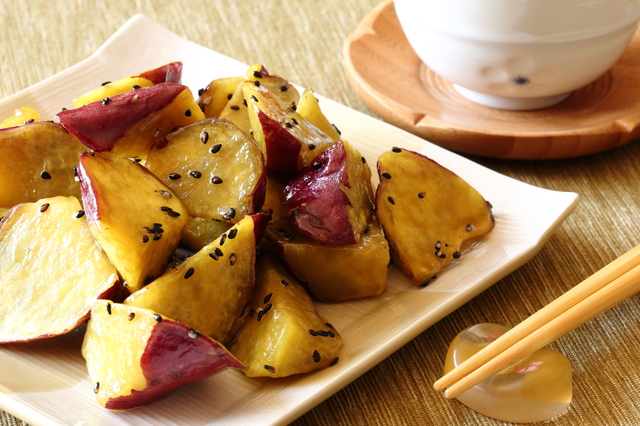
Japanese Desserts: 25 Must-Try Wagashi to Sweeten Up Your Travels
Japan has a rich culture of traditional desserts called “wagashi,” which are often served as an accompaniment to tea. Popular wagashi like mochi, dango, and tai-yaki have even become popular overseas, but this is merely scratching the surface! In this article, we’ll list 25 delicious and unique wagashi Japanese desserts for you to try while eating your way through Japan.
This post may contain affiliate links. If you buy through them, we may earn a commission at no additional cost to you.
Nama-gashi
Nama-gashi comes in a wide selection of sweet cakes. They are usually made from sticky rice flour (mocha-gome), kanten (agar-agar), an (sugar and bean paste), and wheat flour.
1. Nerikiri
Made from sticky rice flour, sugar and white bean, Nerikiri is usually molded into shapes such as flowers, fruits or birds to represent the seasons.
PIXTAOur Top Tips
JR Pass for Whole Japan
Explore Japan in the most convenient and economical way with a Japan Rail Pass! It is valid for the majority of railways and local buses operated by JR.
2. Mizu-yokan
Famous during the summer, Mizu-yokan is made from azuki beans, sugar, and kanten.
PIXTA3. Mushi-yokan
Mushi-yokan is made by steaming the mixture of an and wheat flour. This confectionary usually comes with chestnuts.
PIXTAOur Top Tips
Japan Shinkansen, Narita Express (N'EX) & Express Train Tickets
Plan ahead by booking your shinkansen, airport train, and express train tickets online in English. Have the tickets sent to you by mail or collect them at the station once you're in Japan.
4. Neri-yokan
Similar with Mizu-yokan, neri-yokan is made from azuki beans, sugar and kanten but with less water.
PIXTAThere are many special seasonal varieties of the Japanese desserts described here, for special holidays or reflecting the changes of the seasons. Read this article for a few examples!
5. Manju
One of the most famous wagashi, Manju is made from wheat flour filled with an. It comes in dumpling-like shape.
PIXTA6. Monaka
Round or square shaped wafer filled with an, Monaka is usually big and quite filling.
PIXTA7. Ohagi
PIXTAOhagi, or botamochi, are sweet rice balls which are usually made with glutinous rice. They are commonly eaten during the higan periods in spring and autumn.
japanesefood.about.com
Ohagi is a broad category of sweets, with varieties coated with red bean paste, soybean flour, and walnut flour, among others. For a fuller introduction to this delicacy, its history, and how to best enjoy it, check out this article below!
8. Sakura-mochi
A small pink mochi, Sakura-mochi usually filled with azuki beans paste and wrapped with a sakura leaf.
PIXTA9. Kuzu-zakura
Filled with azuki bean paste, kizi-zakura is made from transparent jelly of kuzu (arrowroot). It is usually served chilled during the summer.
PIXTA10. Kusa-mochi
Another mochi filled with azuki beans, kusa-mochi is a dumpling shaped made from rice flour with yomogi leaves.
PIXTA11. Chimaki
Wrapped in bamboo leaves, chimaki is a sweet rice dumpling.
12. Kashiwa-mochi
Kashiwa-mochi is a rice-flour dumpling filled with an. Unlike Chimaki, Kashiwa-mochi is wrapped with oak tree leaves.
PIXTAThese desserts are all traditional Japanese desserts with long histories and general prominence, but there are also dessert-makers throughout the country that are constantly innovating new sweets. Some of them have been extremely popular, to the extent that they have become well-known specialties of their prefecture! Read this article for ideas on what to try as you visit the different regions of Japan:
13. Daifuku
Daifuku is a large amount of an wrapped in a very thin layer of mochi.
PIXTA14. Kushi-dango
Kushi-dango is small rice-flour balls held on a stick. They are usually coated with sticky sauce made from soy sauce and sugar.
PIXTAHi-gashi
Hi-gashi is basically the dried form of wagashi.
15. Rakugan
Rakugan is made from glutinous rice and sugar. The dough is shaped using a wooden mold.
PIXTA16. Sembei
Sembei are rice crackers.
PIXTA17. Okoshi
Made from rice and wheat, okoshi is a toasted cake where it is coated with syrup before it is dried.
PIXTAIf you're interested in any of the wagashi sweets listed here, and would like to try them out, what better place to do so than Kyoto, the beating heart of traditional Japan? Here is a list of sweets that you can get in Kyoto, including where you can get them.
Namban-gashi
Namban-gashi are cakes brought to Japan by the Spanish and Portuguese during the 16th century.
18. Kasutera (Castella)
A sponge cake made of wheat flour, sugar, and eggs.
PIXTA19. Boro
A type of cookie, boro is made from wheat flour, sugar, and eggs.
PIXTA20. Kompeito
These are a little sugar balls made from syrup and corn starch.
PIXTAZatsu-gashi
A cheaper kind of Japanese confectionary, Zatsu-gashi are simple snacks suitable for daily tea sessions.
21. Tai-yaki
Tai-yaki is a kind of pancake filled with red bean paste.
PIXTAIf you'd like to try these desserts but you're closer to Tokyo, then Asakusa is a great place to taste these sweets! Read this article for descriptions of what to get and where:
22. Ama-natto
Different kind of beans such as azuki or kidney beans are boiled then sprinkled with sugar.
PIXTA23. Karinto
Karinto is fried strips of dough made from wheat flour, sugar, and eggs. This crunchy finger food is then sprinkled with sugar.
PIXTA24. Chitose-ame
Also known as the “thousand year candy”, Chitose-ame is boiled mizu-ame (glucose).
PIXTA25. Daigaku-imo
Daigaku-imo is basically fried sweet potatoes coated with sticky syrup and kuro-goma (black sesame seeds).
PIXTARelated Articles
12 Famous Hokkaido Sweets Perfect for Souvenirs
11 Sweet Souvenirs To Buy In Hokkaido
14 Sweets to Cool You Off in the Hot Tokyo Summer
10 Best Japanese Sweet Delights You Can Find at Asakusa
13 Delicious Treats in Hakone Yumoto
The information in this article is accurate at the time of publication.

